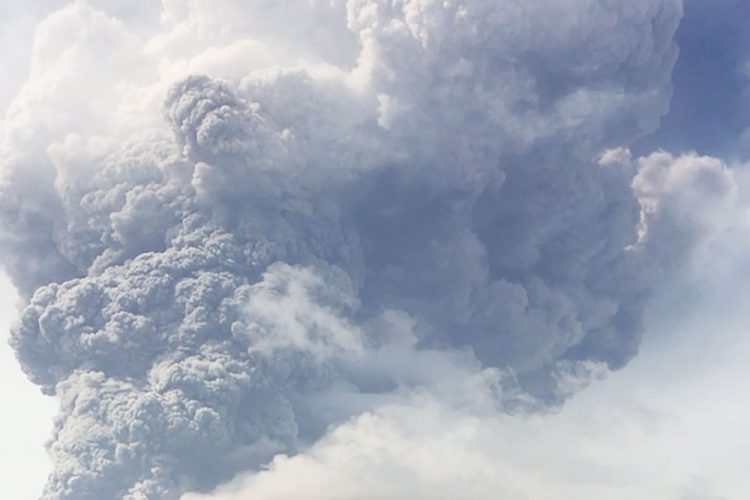Excerpts from eruption of 1812

By RENWICK ROSE
GIVEN the unfortunate series of events which have overtaken us in relation to the violent eruption of the Soufriere volcano, I have decided to hold back the series on the 1981 Bills for two weeks and to give our readers some recollections of what took place in the two previous occasions when there was substantial destruction, in the years 1812 and 1902.
Some vivid description of the eruptions of 1812 and 1902 are included in colonial records of the time. The St Vincent Handbook, produced by Mr Robert M. Anderson, captures some of these. It notes the volcanic nature of the island, its possible inter-connection with similar volcanic areas in the hemisphere, “….it appears probable from the events that occurred on the mainland, (continental America), that some subterranean connection exists with the continent.”
It cites a dreadful earthquake in Venezuela in March of 1812, and “a state of commotion in the valleys of the Mississippi and Ohio (USA) at the same time” as evidence of such connectivity and notes that “…thirty-two days later, on the 27th April, the eruption (of La Soufriere) burst forth”.
Given our own dayto- day descriptions by the outstanding local volcanologist, Dr Richard Robertson, readers will be familiar with the Handbook’s description that the cone of the volcano gave off a “thin white smoke”, which every now and again was coloured by “a light blue flame”.
On April 27, however, all hell broke loose. This is how the Handbook described the events: “The first indication was a severe violent shaking of the earth, a tremendous noise in the air and the bursting forth of a vast column of thick black smoke from the crater. Volumes of sand and favillae (small particles of lava) darkened the air like a heavy storm of rain, and covered the woods, ridges and cane fields with light grey ashes resembling snow thinly strewed with dust…..
“…for three days all these symptoms continued to increase, during this time the sun appeared to be in total eclipse, the sea was discoloured, the ground bore a wintry appearance from the thick crust of the fallen ashes, and the cattle was starving for the want of their accustomed feed….”
It continued with the events of April 30: “On the 30th at noon, the column of smoke assumed a blood-red colour, rose with a livelier motion and dilated itself more extensively, the noise became continual with a vibration that affected the feeling and hearing; the Caribs who were resident at Morne Ronde fled from their houses to Kingstown and the Negroes from their work…”
The vivid descriptions continued but for the purpose of these extracts, we can look at some of the conclusions: “many houses were set on fire, many negroes were wounded, and some were killed..” At the end of it all, the Handbook noted: “ All the former beauty of the Soufriere was of course destroyed, the conical mount disappeared and an extensive lake of yellow coloured water….. supplied its place. A new crater was formed on the north-east of the original one and the face of the mountain was entirely changed…”
These are only brief excerpts. A pity that such material is not part of our school curriculum!
Next Week – 1902 Interactive Media Limited / Searchlight P: 784 456-1558M: 784 493-9711F: 784 457-2250 A: P. O Box 152, Lower Kingstown Park, St Vincent and the Grenadines W: https://searchlight. vcE: clarekeizer@searchlight. vc
Create your own email signature for free.









